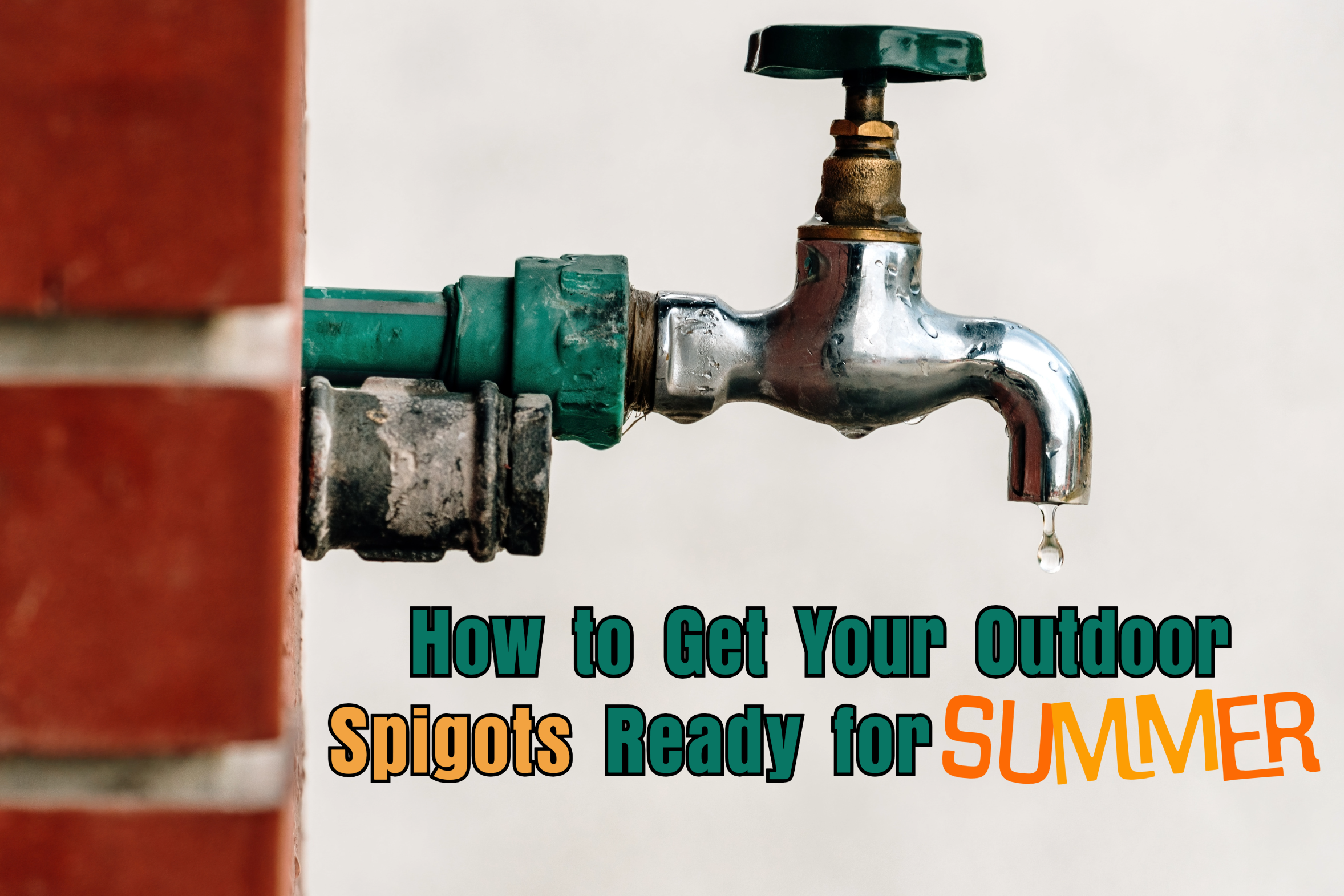As the summer months draw near, it’s imperative to turn our focus toward the maintenance of our outdoor plumbing components as well. Priming them for the upcoming season’s demands is a pre-summer task that is often overlooked. From nurturing your garden beds to facilitating outdoor water fun, spigots and water hoses play an integral role in facilitating various tasks. So, it’s important to ensure your outdoor fixtures are up for the task. That’s why your faithful Loveland Plumbing & Drain is here to equip you with the knowledge and tools necessary to detect and rectify these leaks, ensuring your uninterrupted enjoyment this summer season!
What About Identifying Spigot Leaks?
You won’t know there is a leak if you don’t know how to identify them first. Moreover, keep in mind that once you do spot a leak on your spigot, it’s imperative to fix it as soon as you are able to. Often, leaks can go unnoticed for a while. So, if you do have a leak, depending on the last time you had it checked, it may have been going on for some time.
- Dripping Water: Try turning on the faucet and let the water run for a little bit. If there is water leaking out from the spigot either while the water is turned on or after it is turned off, this may warrant further attention. Water should be coming out of the spout of the fixture directly (or from the water hose) but not from under the spigot.
- Low Water Pressure: Another thing you can look for while the water is turned on is the water pressure. If the water is coming out of the hose at an alarming low rate, this could be a sign that there is a leak within your system. In this case, you will need to have a professional assess the situation to pinpoint the exact problem.
- Corrosion or Rust: A rusted-over spigot is never a good sign. In fact, corrosion or rust is a tell-tale sign that there is a leak that needs to be addressed. (In this case, you should also call a plumber as soon as possible.)
- Water Stains or Mold: Water stains or mold are discreet signals that will creep up on you out of nowhere. So, stay vigilant and periodically inspect the vicinity of spigots for signs of water stains or mold. If you find any, this is a good indicator that you should contact a professional!
What About Fixing Spigot Leaks?
There are a few simple steps you can take to fix a spigot leak. In certain cases, like water drippage, follow the steps below. However, keep in mind that for more specific situations like low water pressure, it is best to contact a professional.
- Tighten Loose Connections: If there are any loose connections on the fixture, it’s best to start off by tightening them. You can use a wrench to tighten the spigot firmly but carefully.
- Replace Worn-out Washers: It’s normal for washers to wear out over time. So, if simply tightening the spigot did not fix the issue for you, you may need to put on some new washers.
- Seal Any Openings: Cracks, holes, or openings around the fixture can naturally happen over time with continued use and due to the elements. If you have a leak and your sealant is worn down, simply use a waterproof sealant to reseal any visible cracks or gaps around the spigots. This will help safeguard against water leakage and minimize the likelihood of future issues arising.
- Implement Backflow Prevention: It’s not a bad idea to install a backflow preventer so you can safeguard your plumbing system against the reversal of water flow. This helps in preserving water quality, and aids in preventing contamination.
- Upgrade to Frost-Free Spigots: If you have dealt with a frozen spigot in the past (or even had a leak because of it), you should consider upgrading to frost-free spigots to mitigate the risk of frozen pipes and subsequent leaks. This will help to ensure uninterrupted functionality even during inclement weather conditions.
What About Contacting a Professional Plumber?
Knowing when to contact a professional will make all the difference in your effort to set your plumbing system up for success! Just make sure to exercise discretion in determining whether you can handle fixing the leak yourself or contacting a professional to diagnose the issue. For issues like water stains and mold, rusted-over fixtures, or extremely low water pressure, it would be best to bring in a professional, as these are all signs of an internal leak.
By adhering to these guidelines for identifying and resolving spigot leaks, as a homeowner, you can safeguard your outdoor plumbing system against unnecessary disruptions, allowing yourself better peace of mind to enjoy a seamless summer!
You can count on Loveland Plumbing & Drain anytime. Reach us by calling us at (513) 644-0556 or schedule an appointment now by clicking here!

